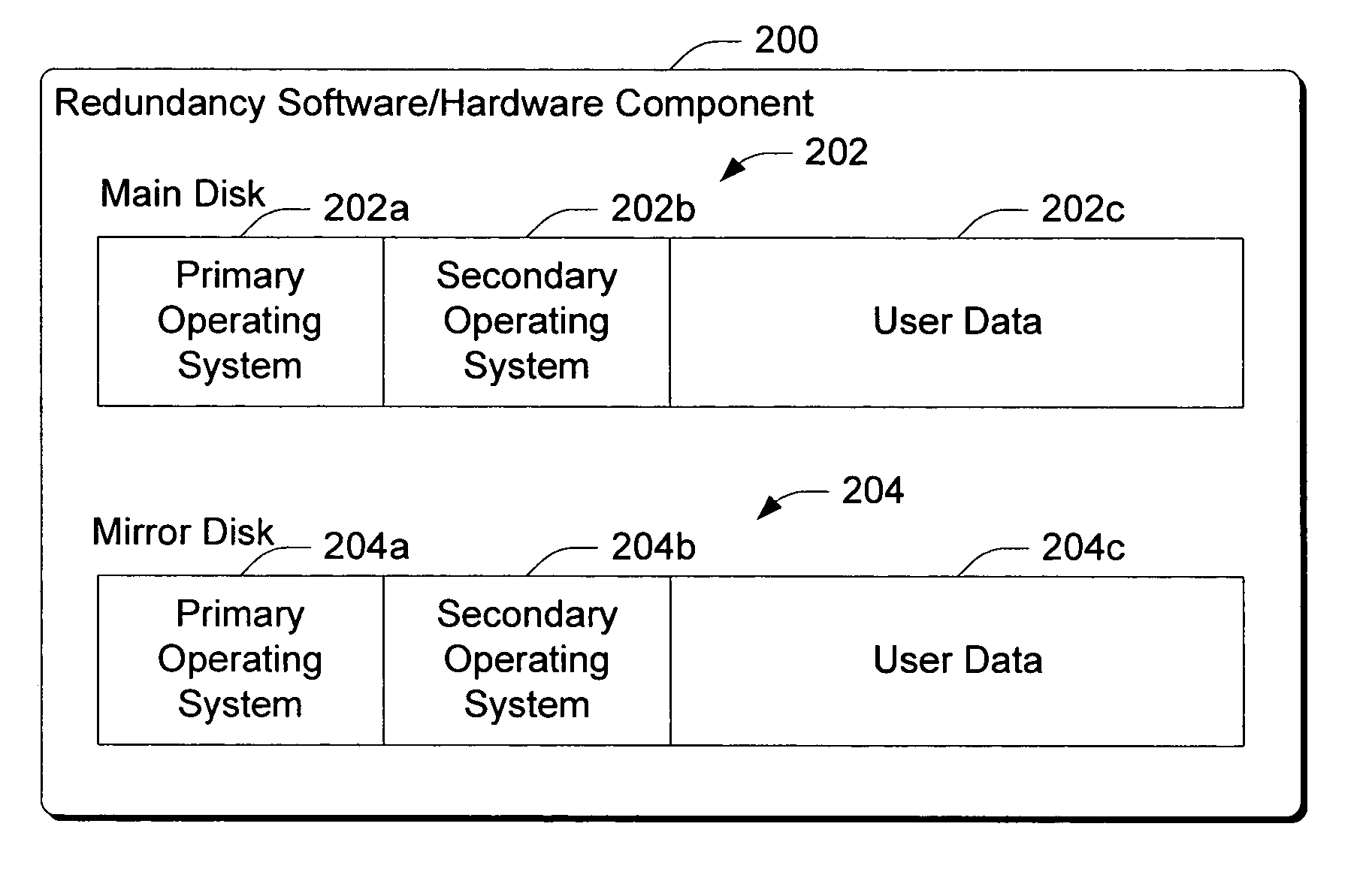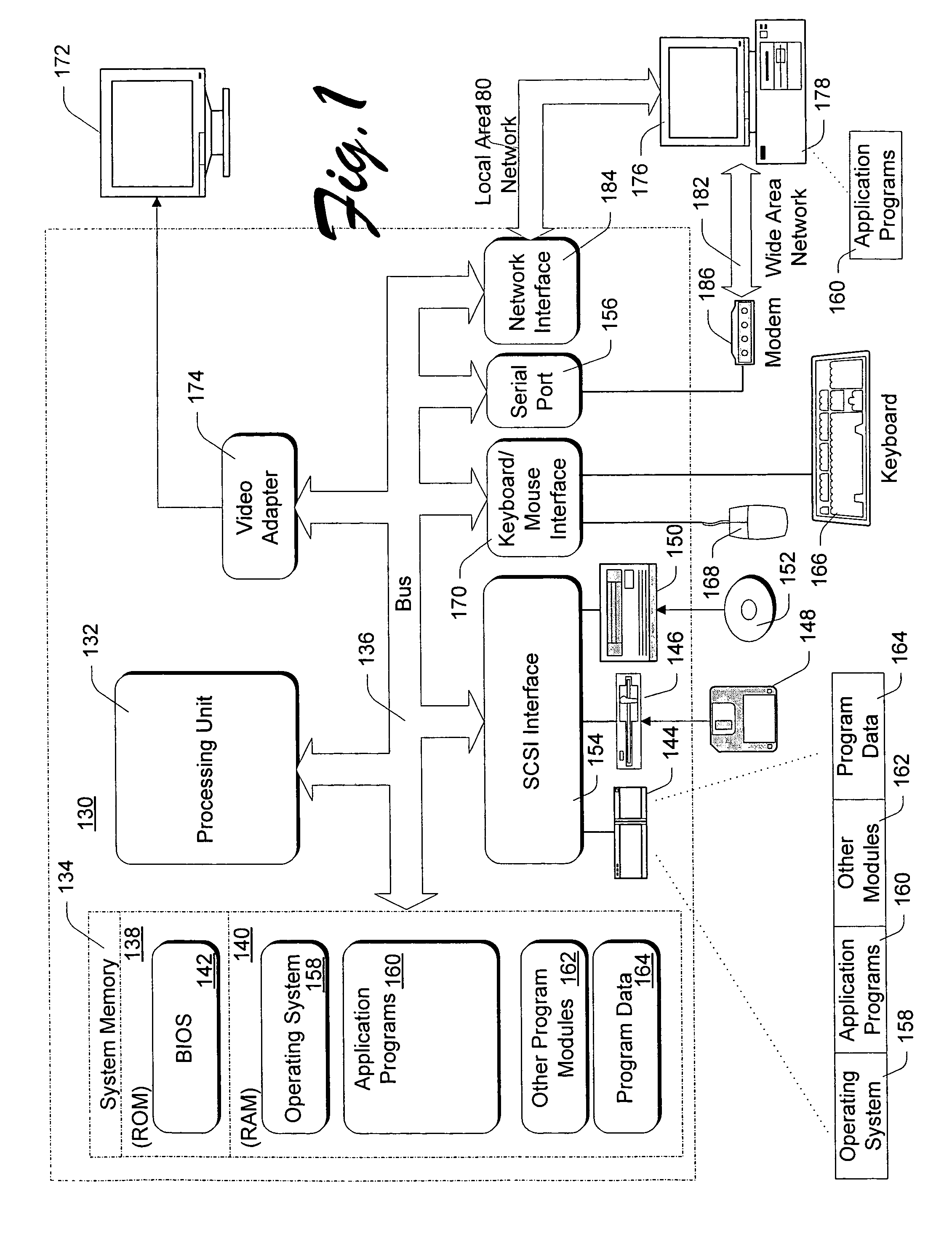Automated recovery of computer appliances
a computer and automatic recovery technology, applied in the field of computer appliances, can solve problems such as the failure of software or a particular resource designed to operate on the appliance, the failure of general purpose computer system failures, and the inability of end users to fix
- Summary
- Abstract
- Description
- Claims
- Application Information
AI Technical Summary
Benefits of technology
Problems solved by technology
Method used
Image
Examples
example implementation
[0065
[0066]Consider the following example of a server appliance that executes a subsystem of Microsoft's WIN32 operating system. The server appliance is designed to have filing sharing, Internet sharing, and print sharing capabilities. In the illustrated example, there are four resource monitoring components—a virtual machine monitor, a paged memory monitor, a process monitor, and a WMI service monitor.
[0067]Virtual Machine Monitor
[0068]The Virtual Machine Monitor (VMM) is responsible for controlling the operation of a virtual machine that includes a local display driver, monitoring timer driver, soft power switch driver, and a non-volatile RAM driver. The VMM resource monitoring object (RMO) controls the following virtual machine functions based on system status information it receives from the appliance monitoring service (e.g. 500 in FIG. 5):
[0069]1) Monitoring Timer Start / Stop
[0070]The VMM RMO begins monitoring timer pings upon being initialized by the appliance monitoring servi...
PUM
 Login to View More
Login to View More Abstract
Description
Claims
Application Information
 Login to View More
Login to View More - R&D
- Intellectual Property
- Life Sciences
- Materials
- Tech Scout
- Unparalleled Data Quality
- Higher Quality Content
- 60% Fewer Hallucinations
Browse by: Latest US Patents, China's latest patents, Technical Efficacy Thesaurus, Application Domain, Technology Topic, Popular Technical Reports.
© 2025 PatSnap. All rights reserved.Legal|Privacy policy|Modern Slavery Act Transparency Statement|Sitemap|About US| Contact US: help@patsnap.com



